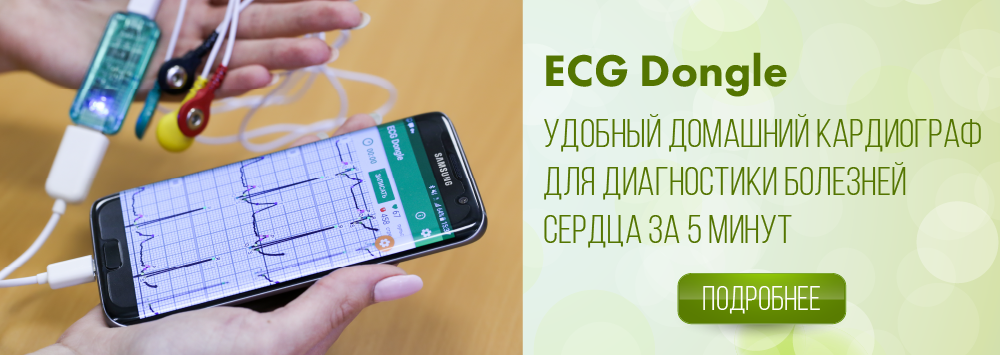Power HF, LF, VLF, ULF, %
The current activity of the sympathetic and parasympathetic parts of the nervous system is the result of a reaction of a multi-circuit and multi-level system of blood circulation regulation. This system changes its parameters in time to achieve an optimal response that reflects the adaptive response of the whole organism.
In the spectral analysis of the wave structure of the heart rhythm, high-frequency oscillations (HF-component) associated with respiration and low-frequency oscillations (LF-component) are considered, due to both periodically arising sympathetic vasomotor activity (intrinsic rhythm of the vasomotor center) and fluctuations in the rhythm of blood pressure realized through baroreflex mechanisms. Fluctuations in the activity of the parasympathetic system give rise to changes in heart rate with a frequency of 0.15–0.4 Hz or more, forming the so-called fast waves (respiratory, HF - high frequency). The respiratory component indicates parasympathetic activity. The waves caused by the oscillation of the sympathetic system are called slow (LF - low frequency) waves. The oscillation frequency of slow waves is 0.04–0.15 Hz (2.4–9 oscillations per minute). The low-frequency component is considered as one of the manifestations of the coordination of the central and autonomic nervous system with various disturbing effects on the body. The slowest blood circulation regulation system is the humoral-metabolic system. It is associated with the activity of both circulating hormones in the blood and active substances in the tissue itself (tissue hormones). Its regulatory effect is associated with the following tissue activity: one oscillation per minute or less, which corresponds to a frequency range of less than 0.04 Hz - the so-called very slow waves (VLF - very low frequency). According to many researchers, VLF reflects the level of basic metabolism, thermoregulation, ergotropic functions.
- HF% (relative value of the power of high-frequency waves) - reflects the activity of the parasympathetic cardioinhibitory center of the medulla oblongata. The predominance in the structure of the spectrum is observed in healthy people and athletes. Increase - at rest, during sleep, with frequent hyperventilation. Decrease - during physical exertion, stress, various diseases (especially the cardiovascular system). The average value in healthy people: 35.79 ± 14.74%.
- LF% (relative value of the power of low-frequency waves) reflects the activity of the sympathetic centers of the medulla oblongata (pacemaker and vasoconstrictor). Increase - with physical exertion, stress, various functional or organic changes in the cardiovascular system. Decrease - at rest, during sleep, with frequent hyperventilation. The average value in healthy people: 33.68 ± 9.04%.
- VLF% (relative value of the power of waves of a very low frequency) - reflects the activity of the central ergotropic and humoral metabolic mechanisms of regulation of the heart rhythm. The increase is a vegetative correlate of anxiety, observed during physical exertion, stress, organic heart disease. Decrease - at rest, during pregnancy. The average value in healthy people: 28.65 ± 11.24%.
- ULF (power of ultra-low frequency waves in the range from 0.0033 to 0 Hz) - reflects the activity of higher centers of regulation of the heart rhythm. The exact origin is unknown. Increase: typical for the disruption of the autonomic regulation of heart rate.

